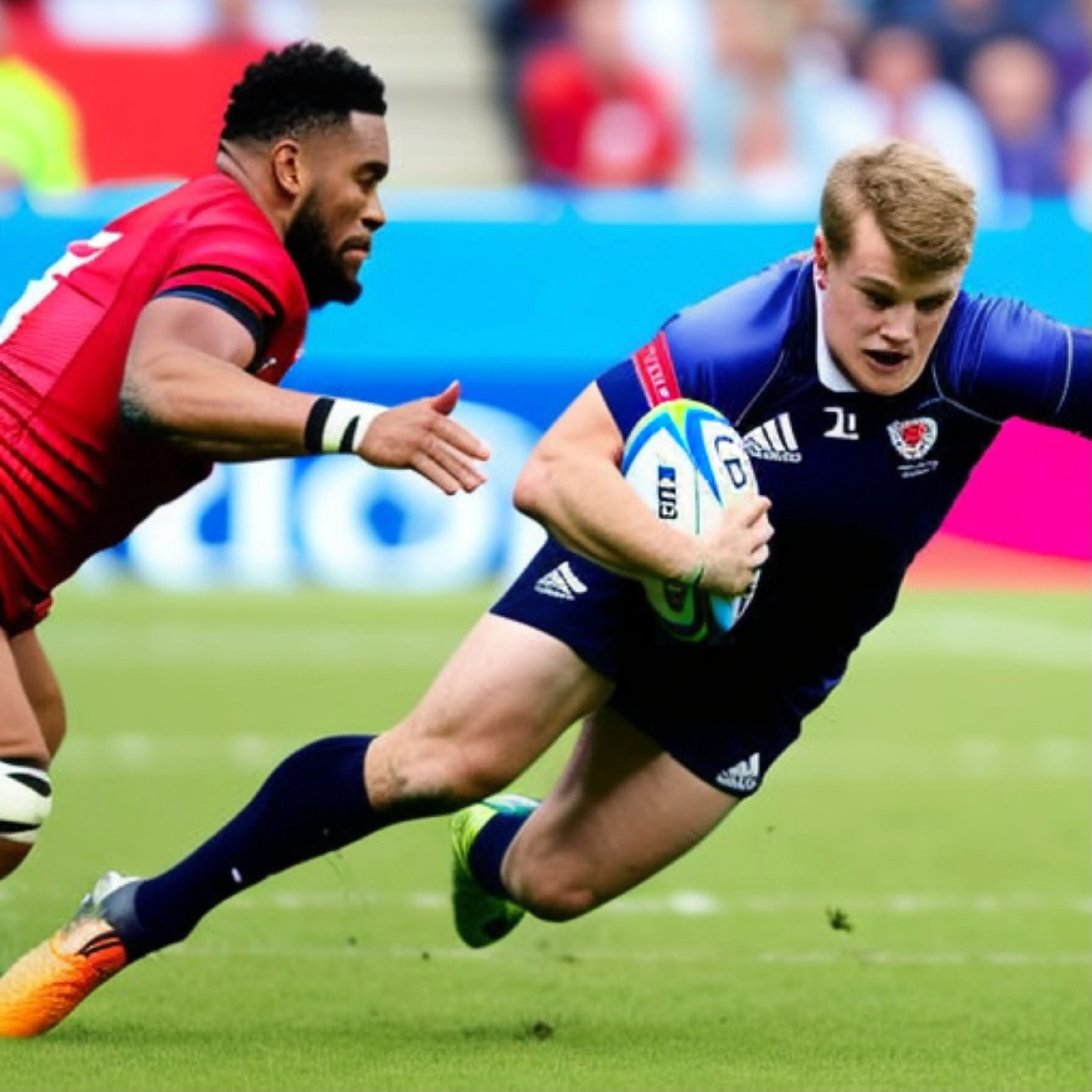Latest Trends in Strength and Conditioning
Rugby players, coaches, and trainers should be constantly researching and staying up to date with the latest trends in rugby strength and conditioning training. As rugby is a physically demanding sport that requires both strength and endurance, it is crucial for players to undergo a rigorous training program in order to perform at their best.

In this article, we will cover some of the latest trends in rugby strength and conditioning training that will be highly effective for rugby players.
High-Intensity Interval Training (HIIT)
HIIT is a training method that involves short, intense bursts of exercise followed by periods of rest. This type of training has been found to improve endurance, speed, and power, making it an excellent choice for rugby players. It also helps to burn fat and improve cardiovascular health.
Functional Training
Functional training is a type of strength training that focuses on movements that mimic the actions of everyday life. It can help to improve balance, coordination, and agility, which are all crucial skills for rugby players. By working on these skills, players can reduce the risk of injury and improve their overall performance.
Plyometric Training
Plyometric training involves explosive movements, such as jumping and bounding. This type of training has been found to improve power, speed, and agility, making it a great choice for rugby players. It can also help to improve jumping ability and reduce the risk of injury.
Nutrition
Nutrition plays a crucial role in rugby strength and conditioning training. Players need to consume a balanced diet that includes plenty of protein, carbohydrates, and healthy fats. It is also important to stay hydrated and to consume the right amount of calories to fuel workouts and promote muscle growth.
Nutrition is a crucial aspect of rugby strength and conditioning training that cannot be ignored. Rugby is a physically demanding sport that requires a high level of strength, endurance, and power. Therefore, rugby players need to maintain a well-balanced diet to fuel their bodies properly and perform at their best.
Protein is an essential nutrient for rugby players as it helps to repair and build muscle tissue. It is recommended that rugby players consume at least 1.6 grams of protein per kilogram of body weight per day. Good sources of protein include lean meats, poultry, fish, eggs, beans, and dairy products.
Carbohydrates are also important as they provide the energy needed to fuel intense workouts and games. Rugby players need to consume enough carbohydrates to maintain their energy levels and prevent fatigue. Good sources of carbohydrates include whole grains, fruits, vegetables, and legumes.
Healthy fats are another important nutrient for rugby players as they help to maintain hormone levels and provide long-lasting energy. Good sources of healthy fats include nuts, seeds, olive oil, avocados, and fatty fish.
In addition to consuming the right amount of macronutrients, rugby players also need to stay hydrated. Dehydration can lead to a decrease in performance and an increase in the risk of injury. Rugby players should aim to drink at least 8-10 cups of water per day and increase their intake during hot and humid weather or during intense workouts.
It is also important for rugby players to consume the right amount of calories to fuel their workouts and promote muscle growth. Rugby players require more calories than the average person due to the intense physical demands of the sport. However, it is important to consume the right amount of calories to avoid gaining excess weight, which can negatively affect performance.
Overall, proper nutrition is a crucial component of rugby strength and conditioning training. Rugby players need to consume a well-balanced diet that includes plenty of protein, carbohydrates, and healthy fats. They also need to stay hydrated and consume the right amount of calories to fuel their workouts and promote muscle growth. By maintaining a proper diet, rugby players can perform at their best and reduce the risk of injury.
Recovery
Recovery is just as important as training when it comes to rugby strength and conditioning. Players need to make sure they are getting enough sleep, as this is when the body repairs and builds muscle. They also need to take rest days and stretch to prevent injury.
All of these trends should be incorporated into any rugby strength and conditioning training programs. Trainers need to work closely with our athletes to create personalized programs that are tailored to their individual needs and goals. Our programs are designed to improve strength, endurance, speed, and power, while also reducing the risk of injury.
By staying up to date with the latest trends in rugby strength and conditioning training, players are able to undergo the best possible training experience. These programs can help rugby players of all levels to improve their performance and reach their full potential.
In conclusion, rugby strength and conditioning training is a crucial part of any rugby player's training regimen. By incorporating the latest trends in training, players can improve their performance and reduce the risk of injury. If you are a rugby player looking to take your game to the next level, we invite you to check incorporate these ideas into your programs.







